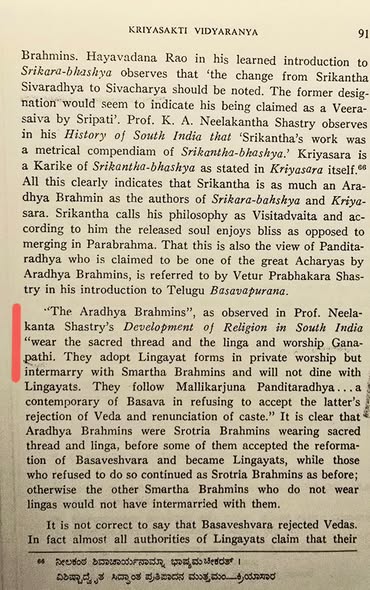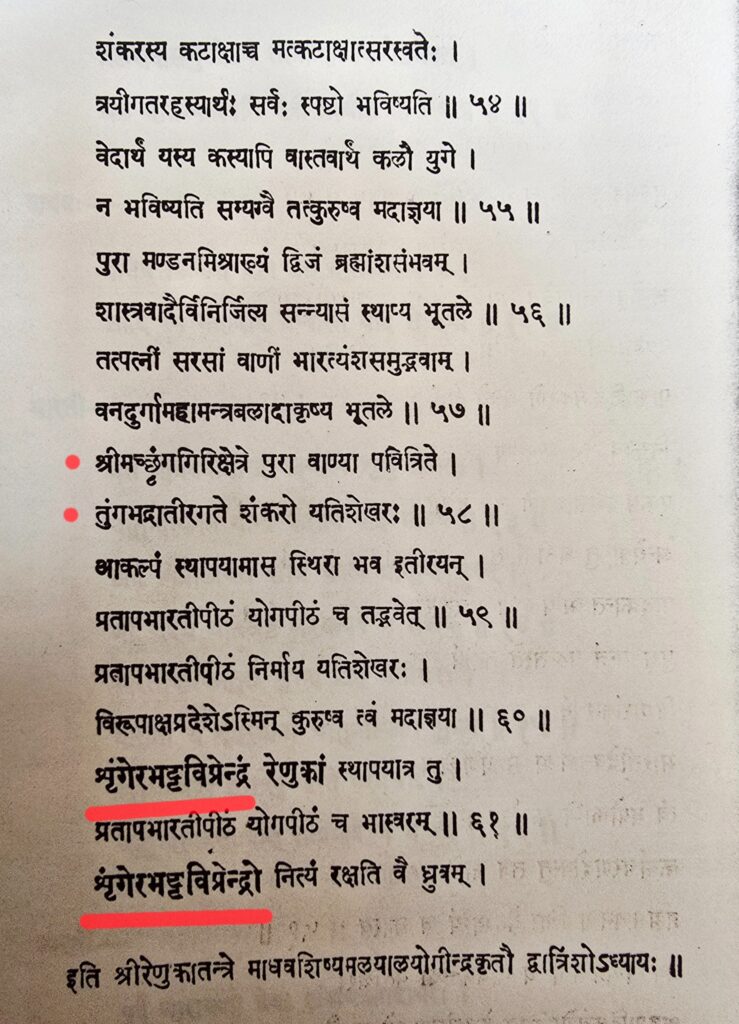Can Sannyasis give diksha to householders? …3
ராமேஶ்வரம் திருக்கோயிலில்
மகுடாகமம் வழக்கத்தில் இருப்பதாக ஒரு சாரார் கருதுவர். காரணாகமம் என்பது அங்கிருக்கும் சிலரது கருத்து. ராமேஶ்வரம் ஆகமக் கோயில் என்று நீதிமன்ற வழக்குகளில் சிலரால் சொல்லப்பட்டதை அறநிலையத்துறையும் இதுவரை மறுக்கவில்லை. இக் கருத்து யாரால், எதனால் தற்போது முன்வைக்கப்படுகிறது? ஆகமக் கோயில் என்ற கருத்து அப்படியே ஏற்கத் தக்கதா? என்பதெல்லாம் தனித்து விவாதிக்கப்பட வேண்டியவை.
எப்படிப்பட்டவர்களை ஆசார்யர்களாக வரித்து அவர்களிடமிருந்து தீக்ஷை பெற வேண்டும் என்றும் யார் யார் ஆசார்யர்களாக இருக்கக்கூடாது, எவரிடம் தீக்ஷை பெறக்கூடாது என்றும் மகுடாகமத்தில் தெளிவாக சொல்லப்பட்டுள்ளது. இந்த ஆகமம் வைதிக பூஜை மரபு உள்ள திருக்கோயில்களில் வழங்கி வருகிறது.
ஊர்த்வ சைவர்கள் (தில்லை தீக்ஷிதர், திருப்பெருந்துறை நம்பியார், திருவானைக்கா பண்டிதர் உள்ளிட்ட ஆத்மார்த்த பரார்த்த சிவ பூஜைகள் செய்யும் அதிகாரம் கொண்ட ஸ்மார்த்த சைவ மரபினர்) குலத்தில் தோன்றி சாஸ்த்ரம் க்ரியாபாதம் முதல் ஞானபாதம் வரை நன்கு அறிந்து, தந்த்ர ஶாஸ்த்ரமும் நன்கறிந்து, உழைப்பாளியாக இருந்து, நல்ல விஷயம் தெரிந்தவராகவும் இருத்தல் வேண்டும். அதுமட்டுமன்றி அவர் க்ருஹஸ்தராக இருக்கவேண்டும். சிகை போன்றவற்றை தரித்திருக்க வேண்டும்.
இப்போது யாரை தீக்ஷை முதலியன பெறுவதற்காக ஒதுக்க வேண்டும்? அதாவது யாரிடம் தீக்ஷை பெற முடியாது என்ற பட்டியலையும் நாம் பார்க்கலாம்.
ஶாஸ்த்ரம் யோகம் அறியாதவன், நாஸ்திகன், மந்தபுத்தி உள்ளவன், ஞானமற்றவன். தீய பழக்கங்கள் உள்ளவர், பிறர் மனை விழைவோர், மற்றும் ஸந்ந்யாஸிகள் – இவர்களிடமிருந்து தீக்ஷை பெறக்கூடாது என்று தடை செய்கிறது மகுடாகமம்.
இவ்விஷயத்தில் மகுடாகமம் மட்டுமே இல்லை காரணம் போன்ற பிற சைவாகமங்களும் ஒன்றுபட்டு இப்படித்தான் சொல்கின்றன.
உண்மை இப்படி இருக்கும் பக்ஷத்தில் ராமேஶ்வரம் கோவில் அர்ச்சகர்களுக்கு துங்கா மடாதிபதிகள் தீக்ஷை கொடுப்பதற்கும் அவர்கள் கையால் தீக்ஷை பெறுவதற்கும் என்ன ப்ரமாணம் உள்ளது?
இந்த புதிய வழக்கம் ஶாஸ்த்ர விருத்தமானது; முற்றிலும் தடை செய்யப்பட்ட வேண்டியது என்பதே அறிஞர்கள் கருத்து.
ஆக, இதுதான் அங்கே ஸம்ப்ரதாயம் இதுதான் எங்கள் மரபு, கோவில் வழக்கம் என்று பலமாகக் கூவுவோர்கள் ஶாஸ்த்ர விருத்தமான கார்யங்கள் செய்கிறார்களா இல்லையா? என்பதை அவர்களுடைய நெஞ்சத்தைத் தொட்டு சொல்லட்டும். இங்கே நம்மிடம் வாதத்திற்கு வந்து பேசட்டும்.












